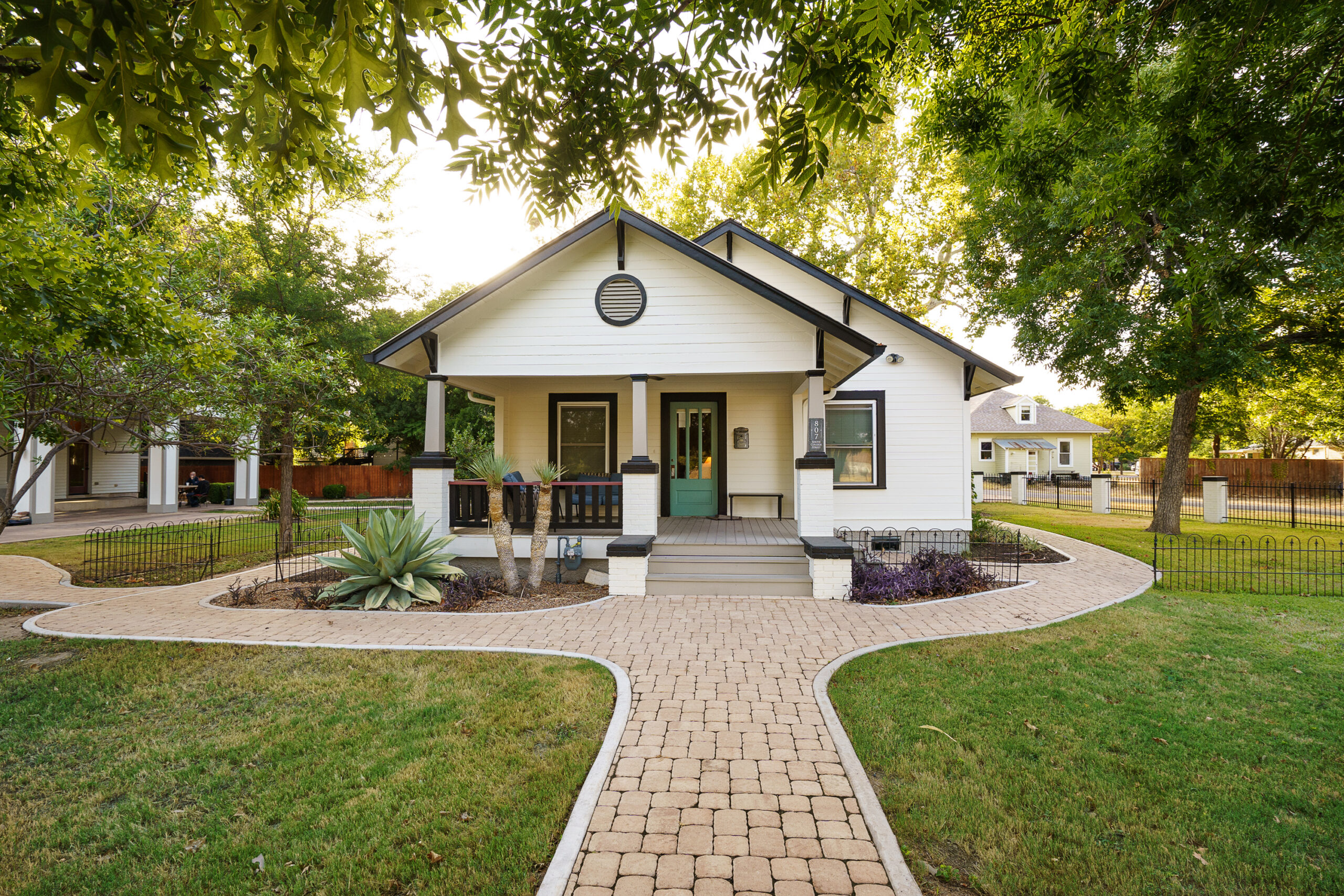Bipolar disorder is often misunderstood due to media portrayals of the disorder within movies, TV shows, newscasts, and more. For this reason, an increasing amount of stigma has resulted from a lack of knowledge surrounding bipolar disorder. One facet of this mental health disorder that is commonly misunderstood is mania. Often portrayed as a sudden burst of energy, mania is much more complicated than it appears and differs from another state known as hypomania.
If you or a loved one are having manic or hypomanic episodes tied with bipolar disorder — Contact Alta Loma today for treatment at 866-457-3843
By educating people on mania and hypomania, our hope at Alta Loma Transformational Services is to reduce the stigma surrounding bipolar disorder and help those struggling get the proper help they need to heal.
Mania in bipolar disorder is characterized by increased energy and elevated mood for at least a week in duration. Hypomania needs only to occur for four consecutive days for it to be diagnosed. It also features elevated mood and increased energy, but to a lesser degree and duration. Knowing how mania and hypomania are different and the same can help you distinguish what kind of episode you are having.
Defining Mania
Mania is often portrayed in movies and television shows as a sudden burst of energy. However, mania is actually a mood disturbance that can have you feeling elated, energized, irritable, or extremely “up.” In some cases, mania can even cause paranoia, hallucinations, and delusional thoughts. Mania is associated with bipolar I disorder, where manic episodes can last for seven days or more. Mania can be dangerous, with some cases causing people to require hospitalization during a manic episode. It is more intense than hypomania, leaving individuals feeling restless, having racing thoughts, and becoming easily distracted. In some cases, the person’s inhibitions may also be lowered.
Defining Hypomania
On the flip side, hypomania can be defined as a more mild form of mania. It is associated with bipolar II disorder, where episodes of hypomania can occur. Hypomanic episodes can last anywhere from two days to a few weeks, depending on the person and mental disorder. Even though hypomania is not as severe as mania, severe symptoms are still noticeable to other people. However, you won’t have the more severe symptoms associated with mania, such as paranoia, hallucinations, or delusional thoughts. This is an important difference to note, as it can affect your diagnosis and treatment.
The Differences Between Mania and Hypomania
For an experience to be called mania, the psychotic symptoms must be severe enough to interfere with your daily activities. In the most severe cases, it can even require hospitalization or antipsychotic medications.
However, people with hypomania are usually able to meet commitments to work and family, and maybe only those closest to them would notice the change in their behavior. Additionally, mania can sometimes have psychotic features that are absent in hypomania.
A person with bipolar disorder in the middle of a manic episode may have delusions of grandeur or even hallucinations. However, even if your symptoms of hypomania are not as severe, it is still best to seek help from a doctor to prevent your symptoms from getting worse.
The Similarities Between Mania and Hypomania
What mania and hypomania have in common is that both episodes bring you high energy and make you feel elevated, expansive, and creative. Both can also give you a mixed features episode experience where you could be feeling energized while also depressed.
Specific triggers can also lead to mania or hypomania, such as falling in love, using recreational drugs, listening to loud music, and more. Stress, lack of sleep, and antidepressant medications can also lead to mania or hypomania symptoms.
Coping With Mania or Hypomania
In order to better manage your bipolar disorder episodes, it is imperative that you take your prescribed medication as your doctor instructs you to. Try to go to sleep and wake up at the same time every day for an improved mood. The same can be said for when you eat your meals, when you exercise, and when you go to work to manage an episode better. Staying away from drugs and alcohol can also lessen your symptoms of mania.
Even if you are doing all the “right things” that your doctor tells you, you may still experience episodes. This does not mean that you are at fault. You just need to be realistic about your goals and what to do when a setback occurs. Knowing if you are having a manic or hypomanic episode makes a difference in your treatment.
Mania or Hypomania Treatment at Alta Loma
Hypomania and mania are two characteristics of bipolar disorder that differ because of their levels of intensity. However, both bring symptoms of elevation with mixes of depression. By taking your medication and coming up with a routinized treatment plan, you can better manage your symptoms. At Alta Loma, we are equipped to deal with mental health disorders like bipolar disorder, and we are here to help you. Our transformative treatment center in Georgetown, Texas, can provide you with individualized therapy, medication management, a long-term continuum of care, and more. Call us at (866) 457-3843 for more information.






